Travel Reference
In-Depth Information
The recession exposed the Perón government's long-term inabil-
ity to sustain manufacturing growth while promoting working-class
interests. Late 1954 witnessed a resurgence of civil unrest. University
students and the church emerged as the focal points of middle-class
opposition to the Peronist regime. In October, a university strike
spread nationwide and hundreds of students faced arrest. It was also
a time of rising tensions between the church and the state.
The Catholic clergy had initially supported Perón in 1946 when
he reestablished religious instruction in the public schools; however,
the church hierarchy withdrew its backing in the early 1950s. When
Catholic Action started proselytizing within the working-class barrios,
Perón accused the church of attempting to undermine Peronist labor
unions. The government ended subsidies to Catholic schools, and the
state-controlled press became vehemently anticlerical. Then authori-
ties began arresting priests and closing churches, as large numbers of
middle-class Catholics joined the students in opposition.
Events began to happen in quick succession. In May 1955, the
government proposed a constitutional amendment legally separating
the church and the state. In June, 100,000 middle-class protesters
marched through the streets of downtown Buenos Aires. Several days
later, thousands of Peronist workers gathered for a counterdemon-
stration in the Plaza de Mayo, the city's main square. Rebel officers
mutinied against Perón and sent warplanes to bomb and strafe
Peronist workers in the open plaza, killing 156 people and injuring
hundreds more. Loyal officers ultimately thwarted the coup. In the
aftermath, however, crowds of Peronists sacked several churches
near the plaza.
Within weeks, General Eduardo Lonardi launched the Revolución
Libertadora, a military coup intended to conclude the Peronist
regime's “destruction of the culture and economy [of Argentina]”
(Verbitsky 1987, 61). In September, Perón resigned and fled to
Paraguay.
Once again, the military had intervened in a national political and
social crisis. Perhaps a strict constitutionalist might not fault the
officer corps in 1943 for replacing one corrupt and unrepresentative
government with an equally unrepresentative military one. Twice now
in the 20th century, however, the military had ousted heads of state
(Yrigoyen and Perón) who had been popularly elected in transparent
and free electoral contests—all in the name of “saving the nation.” In
the military's view, civilian politicians had once again endangered the
nation by provoking a rebellion among the middle class.


